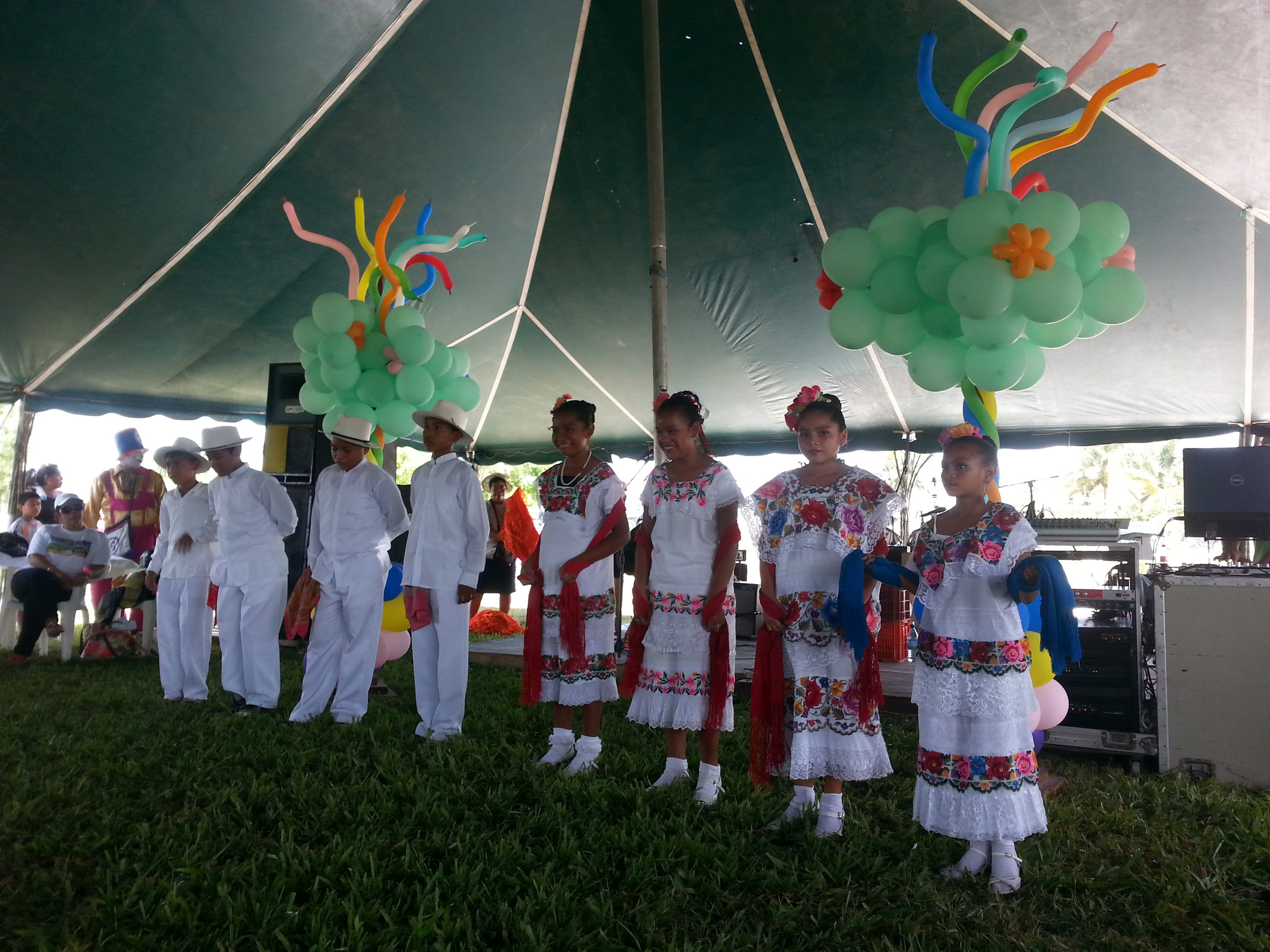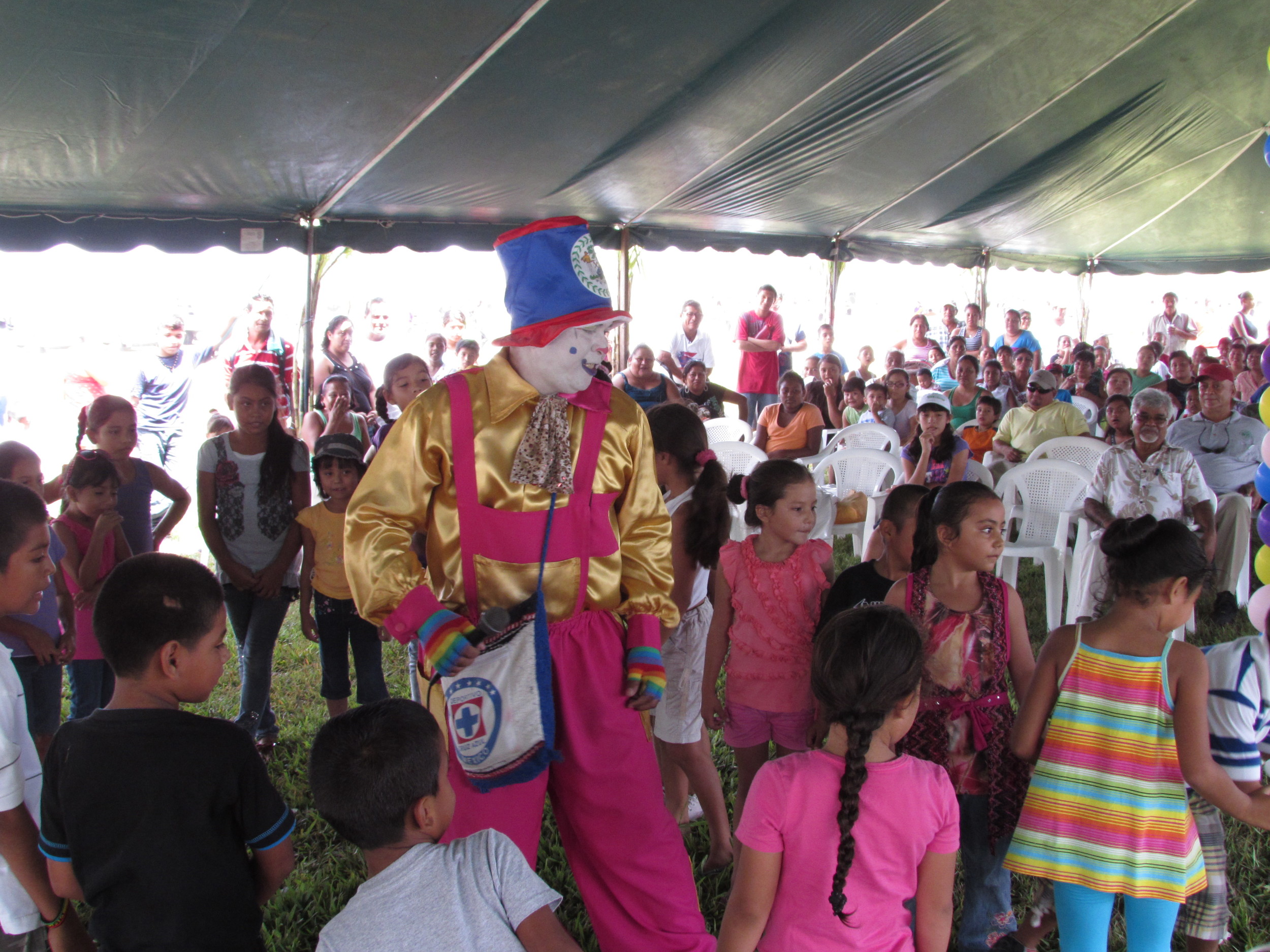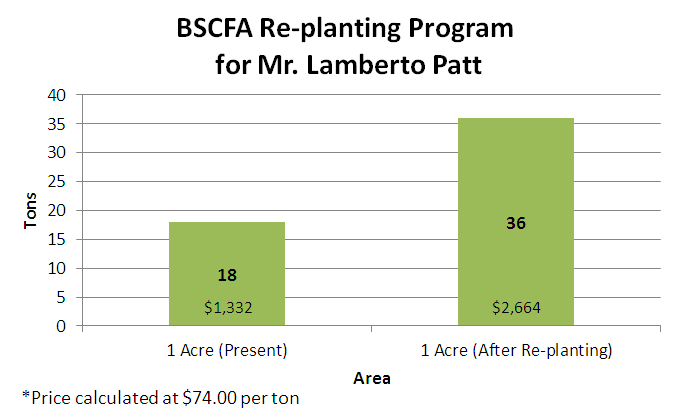BSI/ASR thanks all those who participated in making the first ever Sugar Fest a success, including the participating farmers, Sugar
Industry employees, Corozal Community College Marching Band, Abraxas Band, Chulin the Clown, San Jose Palmar Culture Group, La Inmaculada Credit Union, Development Finance Corporation, Orange Walk House of Culture, Charitable Roots Foundation, Orange Walk Cancer Support Group, Special Olympics and Orange Walk Rotaract Club. A special thanks to the Sugar Industry Research and Development
Institute (SIRDI) for organizing the field games.
The company looks forward to next year’s festival and invites all those who shared in the laughter, fun and games to send their feedback, comments and suggestions about how to make the event even better!



















